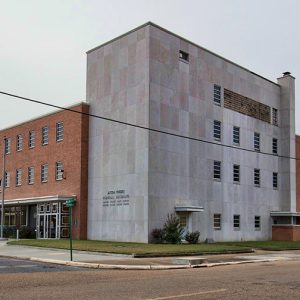 Trieber Federal Building
Trieber Federal Building
Entry Category: Law
 Trieber Federal Building
Trieber Federal Building
Trieber, Jacob
Triple Execution of 1994
Triple Execution of 1997
Tuck, Annabelle Davis Clinton Imber
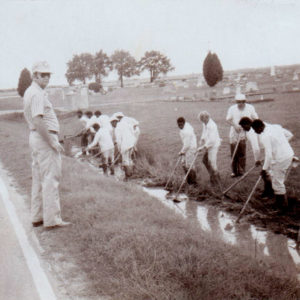 Tucker Prison Farm Road Crew
Tucker Prison Farm Road Crew
Tucker Telephone
Tucker Unit
aka: Tucker Prison Farm
 Tucker Unit Commissary Token
Tucker Unit Commissary Token
Tucker-Parnell Feud
Tucker, Frank (Lynching of)
Tucker, James (Execution of)
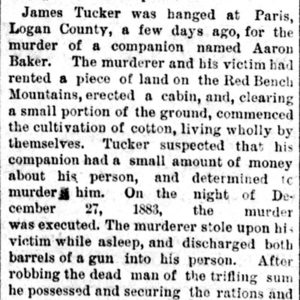 James Tucker Execution Story
James Tucker Execution Story
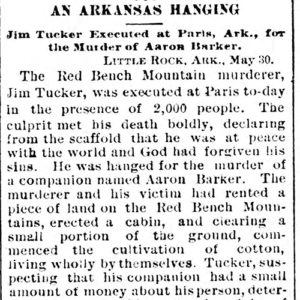 James Tucker Execution Story
James Tucker Execution Story
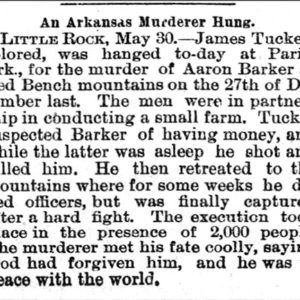 James Tucker Execution Story
James Tucker Execution Story
Turner v. Arkansas (1991)
Turner, Jesse
Turner, John (Lynching of)
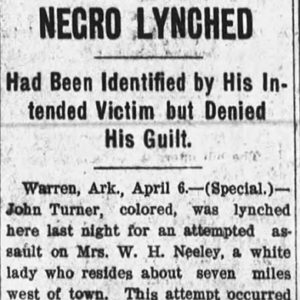 John Turner Lynching Article
John Turner Lynching Article
Turner, Otis Hawes
Turner, William (Lynching of)
 U.S. Marshals Museum
U.S. Marshals Museum
U.S. Marshals Service (USMS)
U.S. Term Limits Inc. v. Thornton
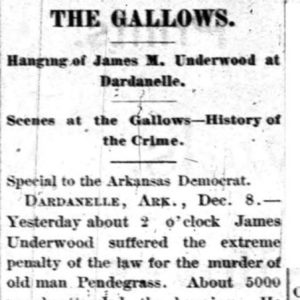 James Underwood Execution Story
James Underwood Execution Story
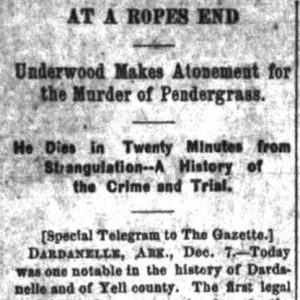 James Underwood Execution Story
James Underwood Execution Story
Underwood, James M. (Execution of)
 Union County Lynching
Union County Lynching
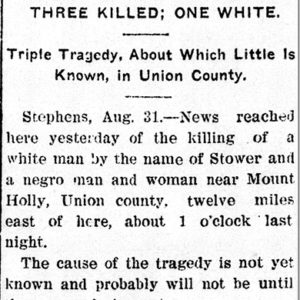 Union County Lynching Article
Union County Lynching Article
Union County Lynching of 1873
Union County Lynching of 1904
United States District Court for the Western District of Arkansas
United States v. Burch
United States v. Miller et al.
United States v. Waddell et al.
University of Arkansas at Little Rock William H. Bowen School of Law
Usury
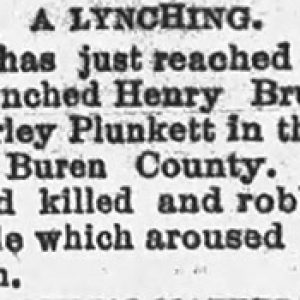 Van Buren County Lynching Article
Van Buren County Lynching Article
Van Buren County Lynching of 1894
Van Leuven, Kathryn
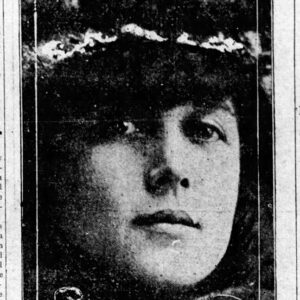 Kathryn Van Leuven Story
Kathryn Van Leuven Story
 Kathryn Van Leuven Story
Kathryn Van Leuven Story
Vapors
 Vapors Ad
Vapors Ad
 Vapors Postcard
Vapors Postcard
 Vapors, Former Location
Vapors, Former Location
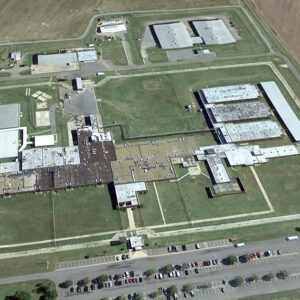 Varner Unit
Varner Unit
 Varner Unit
Varner Unit
Varner Unit
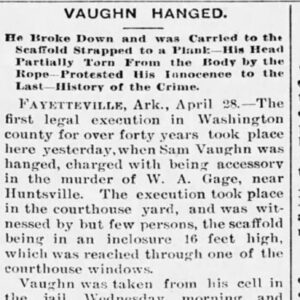 Sam Vaughn Execution Story
Sam Vaughn Execution Story




